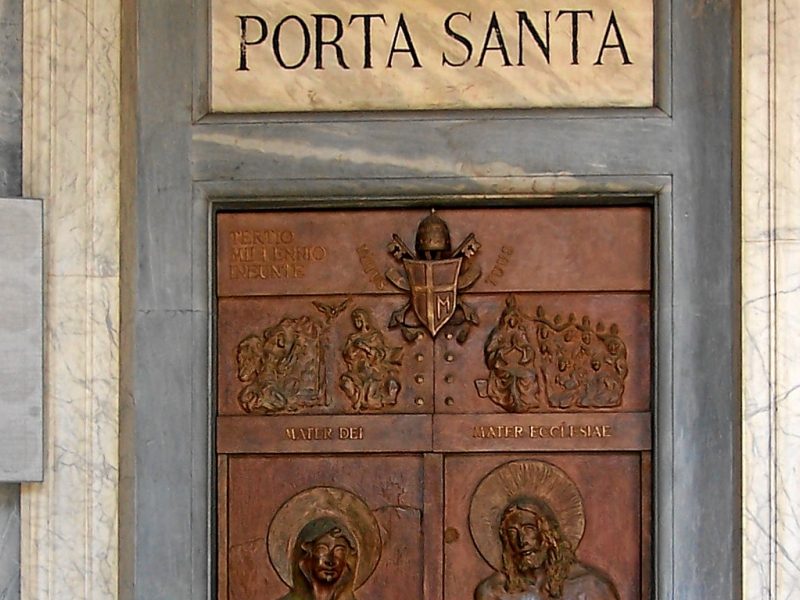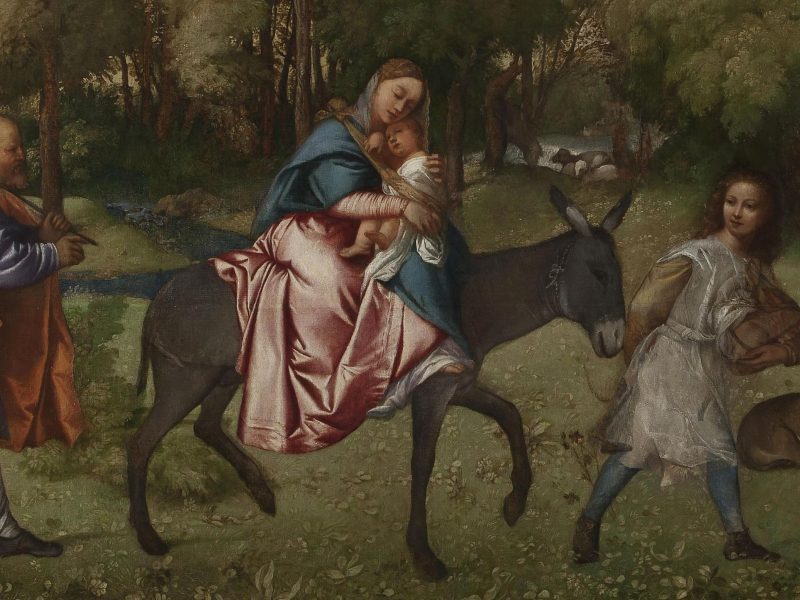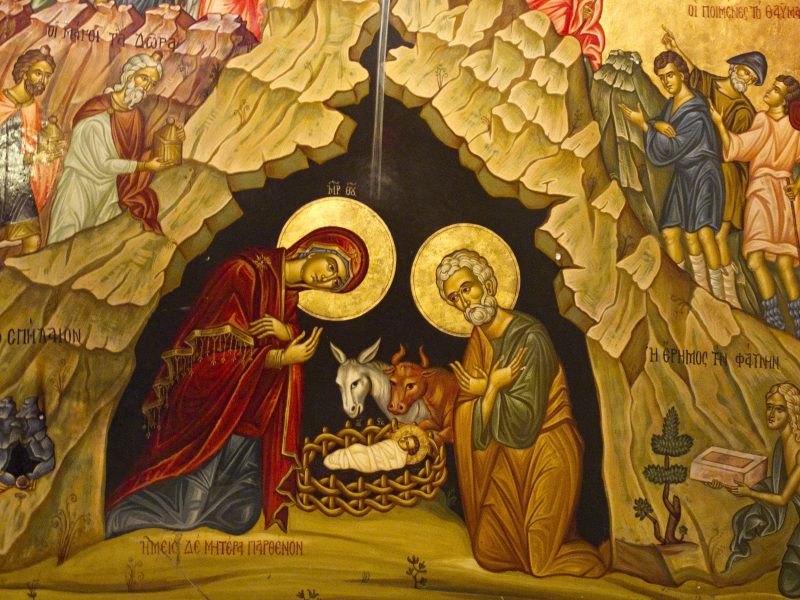
The Desert Becomes a City
Baptism of the Lord. Fr Timothy Calvert sees the holiness of Jesus spilling into the streets.
Mark begins his Gospel in the desert, where John baptises and where Jesus will be tested by Satan. The desert is a place at the fringes of social order, neither town nor country. But when John comes preaching repentance the normal order is turned inside out: Mark tells us that all the country of Judaea, and all the people of Jerusalem go out to him confessing their sins. So the far away deserted place becomes a centre of life, full of the bustle and noise of human beings clamouring for attention.
In his poem An Absolutely Ordinary Rainbow, Les Murray speaks of the effect one man’s weeping has on a busy town:
The crowds are edgy with talk and more crowds come hurrying.
Many run in the back streets which minutes ago were busy main streets pointing…
The desire to see one man express something true inverts the usual order of things: empty places suddenly become full, and the full empty.
So all of Judaea empties itself into the wilderness to come to John for baptism. Those who come are ready to accept a new life, are open to the gift of repentance and the conversion it requires. In this crowd, pushing and surging forward as the Baptist draws sinners into the water, in this mob of those hungry for forgiveness and healing we find the Saviour, the sinless one, the Lamb of God who takes away the sins of the world.
This is where we first encounter Jesus in Mark’s Gospel. Not as a child wrapped in swaddling clothes or as a refugee fleeing the wrath of Herod, but as a man in a crowd. Jesus lines up with all the sinners on the bank of the Jordan River, waiting his turn to wade into the cooling waters and stand before John.
So the ministry of Jesus begins with the inversion of the social order: the desert becomes a city. It also begins with the complete transformation of the order between God and his people: the holiness of God that provokes awe and terror is to be found among the mass of sinful men and women. The holy of holies, the centre of the Temple where is darkness and silence, which can only be entered once a year was all along pointing forward to our brother Jesus who brings the holiness of God out into the streets.
It is at this moment, when Jesus most identifies himself with sinful hungry humanity, that the heavens are torn open, and the Spirit descends in the form of a dove. The Spirit will fill Jesus throughout his ministry, as he comes to bring health to those who are sick, as he touches the leper bringing him back into the community of Israel, and as he eats with prostitutes and tax collectors.
That which makes Jesus seem so different from us, his being without sin, is really that which makes him identify with us so deeply as to stand in the midst of us. Sin can never be solidarity. It is the fragmenting of the human race, what makes us stand apart from each other in loneliness and suspicion. To have no sin means to love sinners, to want to be with sinners and set them free, to eat and drink and die for sinners through the inspiration of the Holy Spirit.
This same Spirit will break like flames upon the apostles on the day of Pentecost, sending them from the upper room out into the bustle of the morning street, to turn the desert of the world into the city of God. In his baptism we see Jesus identify with us completely and totally.
It can be hard to be loved like this, so completely and without reservation. Faced with this love we can seek to withdraw into the desert of hearts closed off from God and each other. But today’s feast is our hope. Jesus the Saviour stands among us. He is not afraid to be labelled ‘just another sinful face in the crowd.’ As St Paul says ‘God made him to be sin who knew no sin, so that in him we might become the righteousness of God.’


